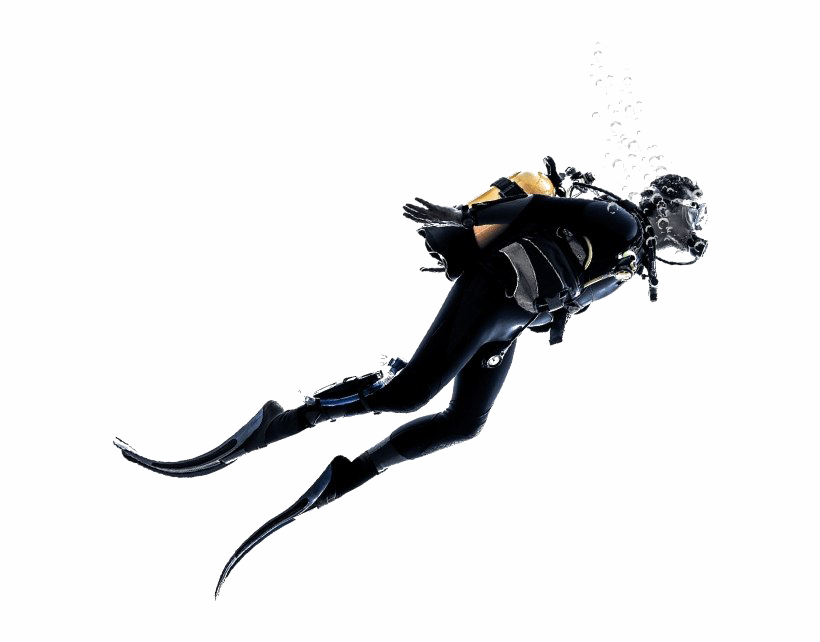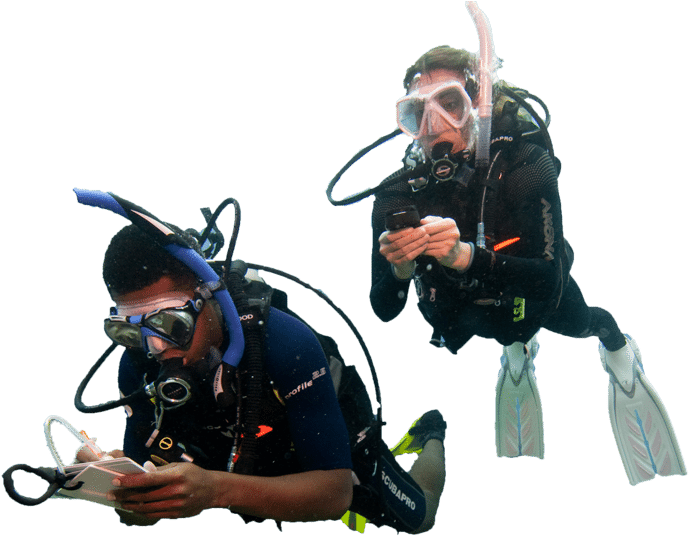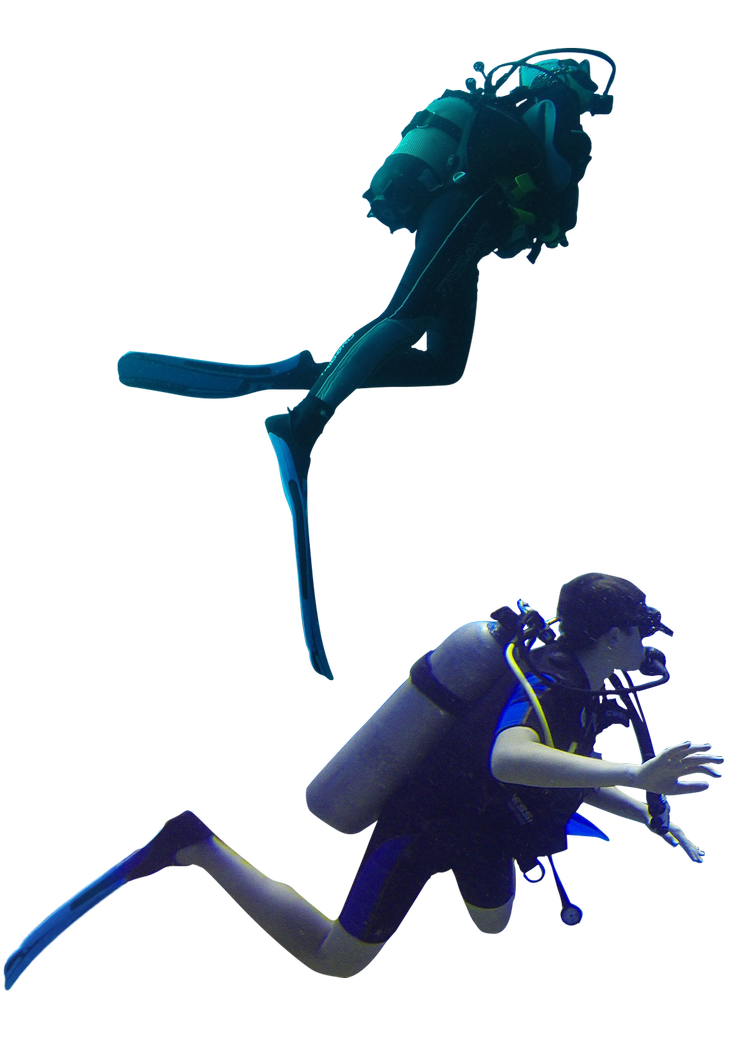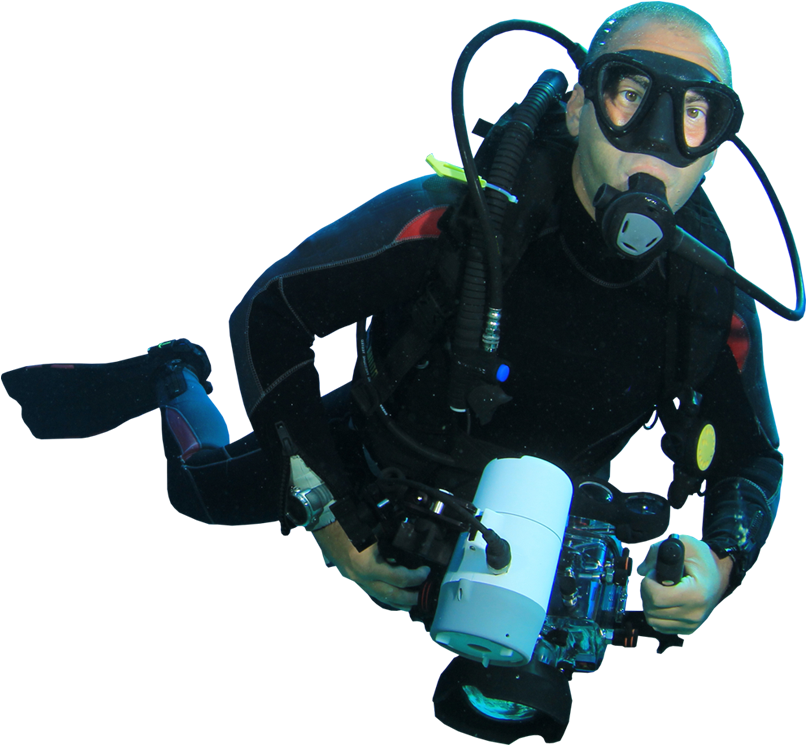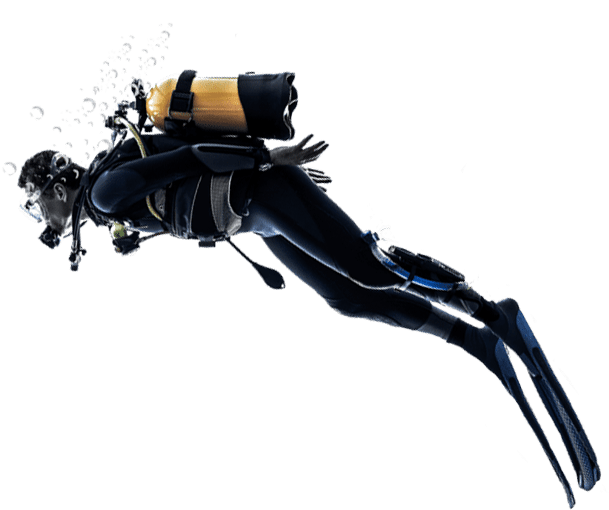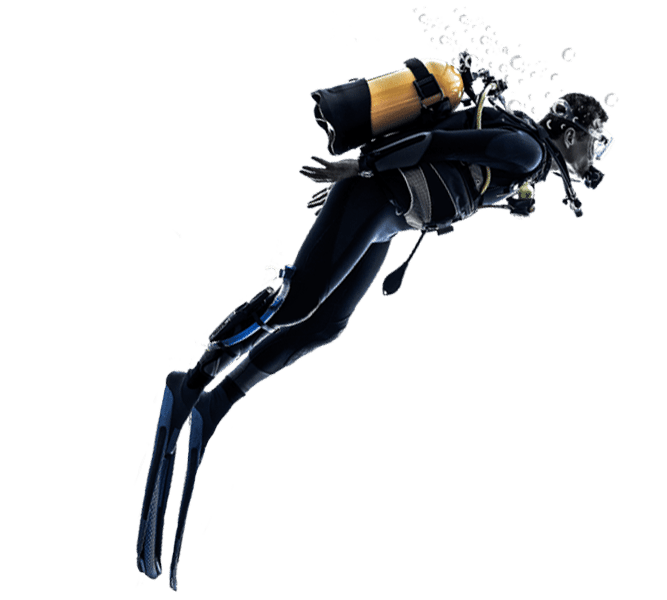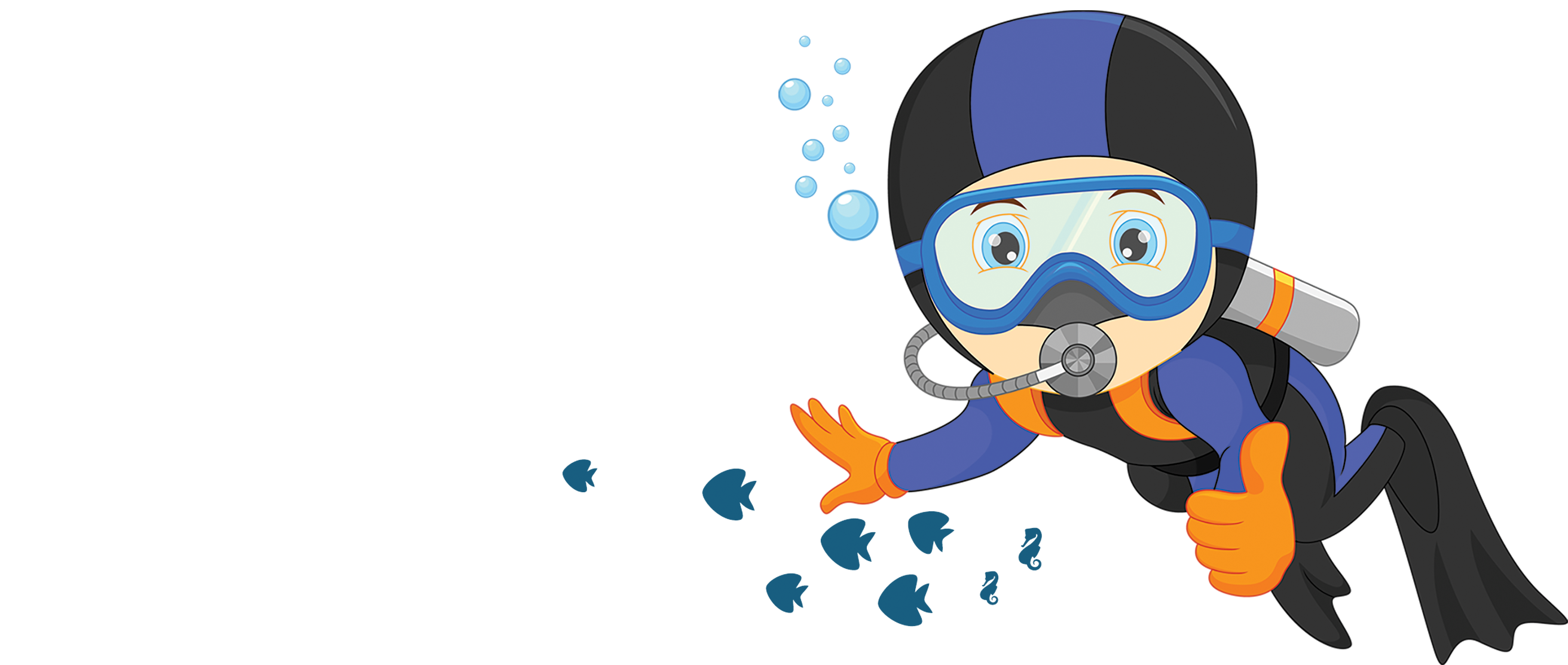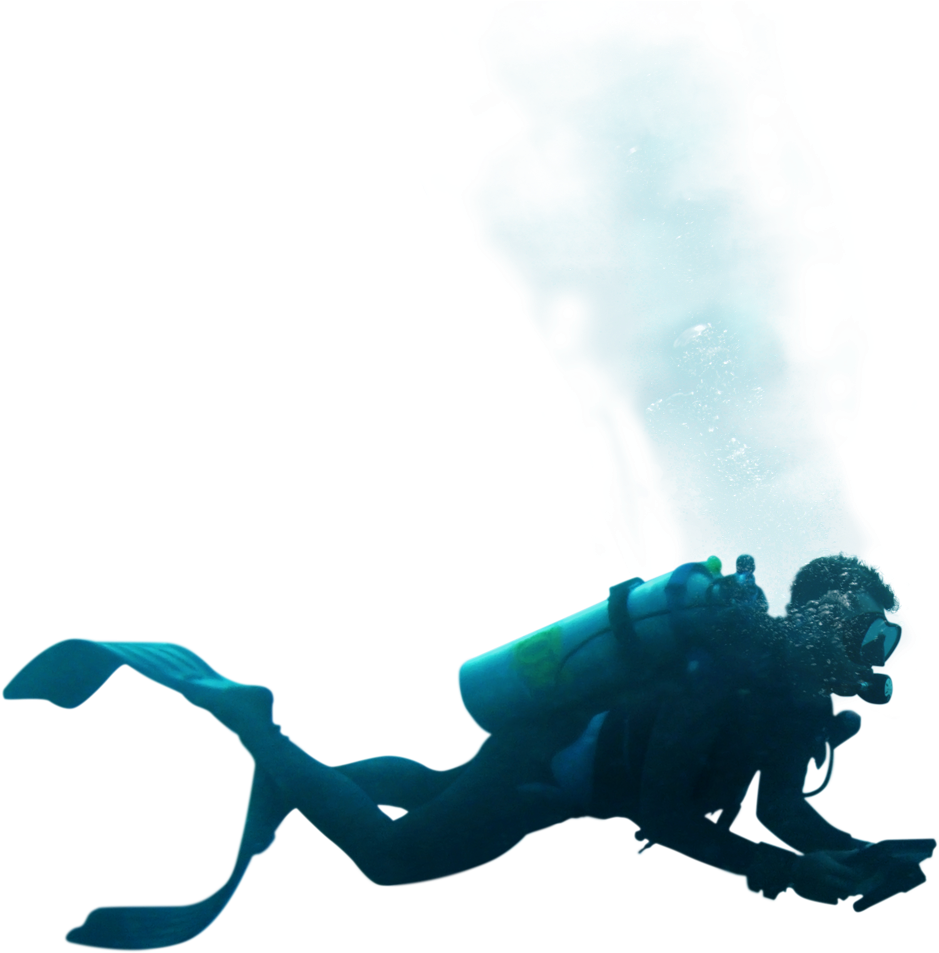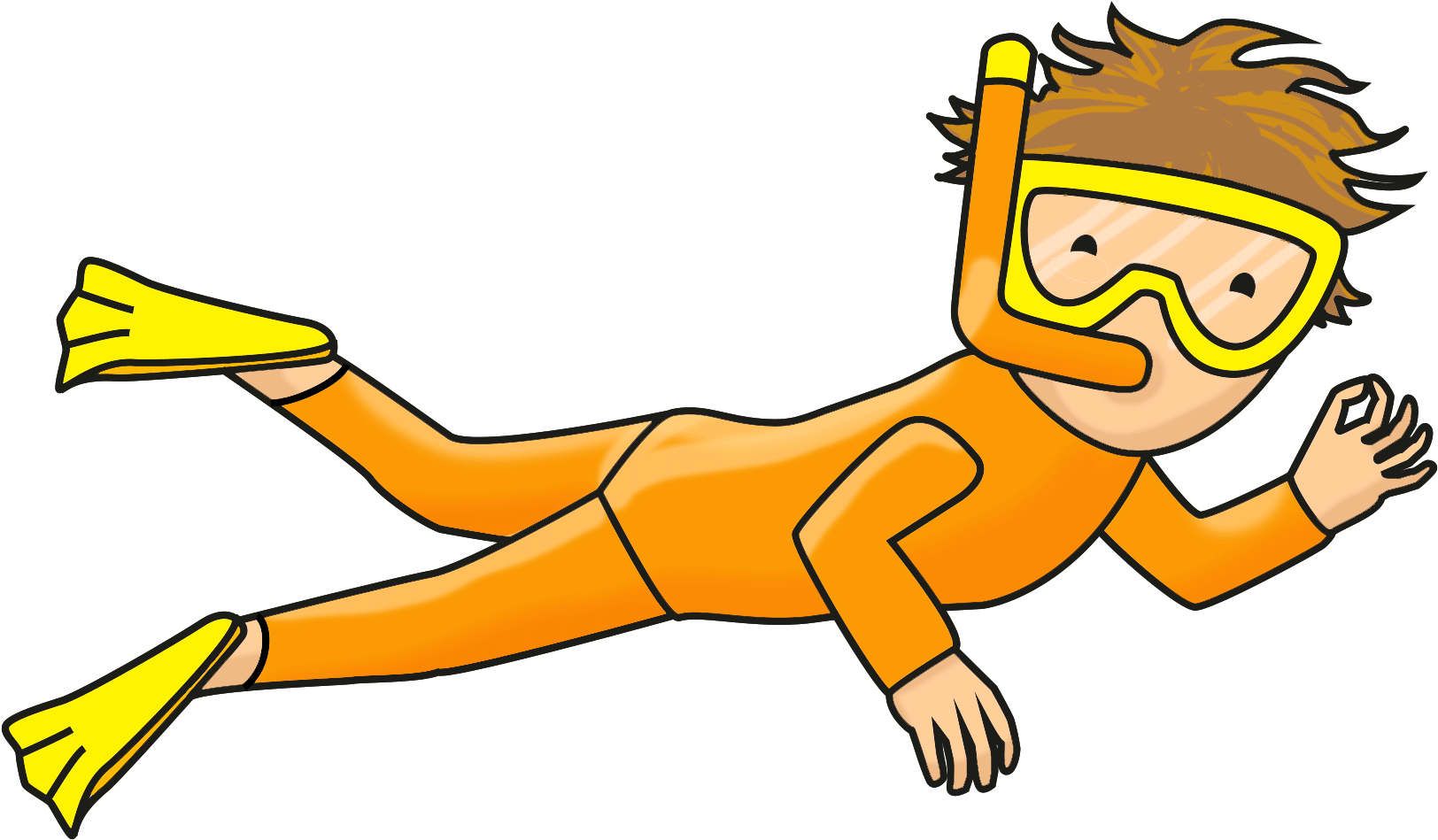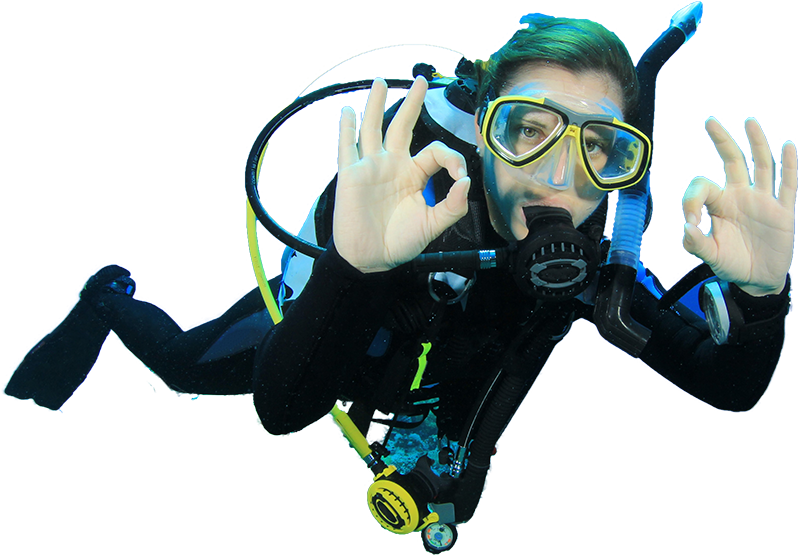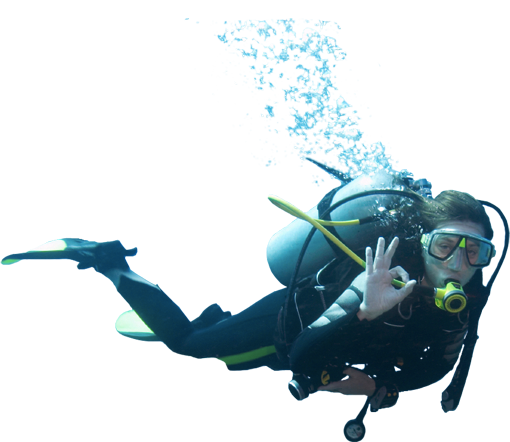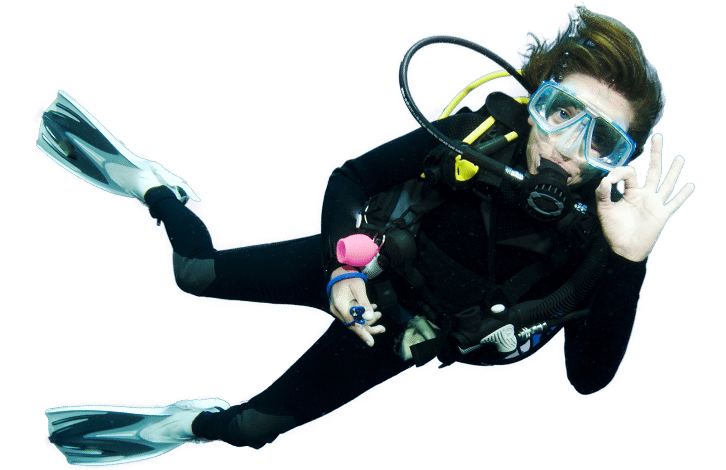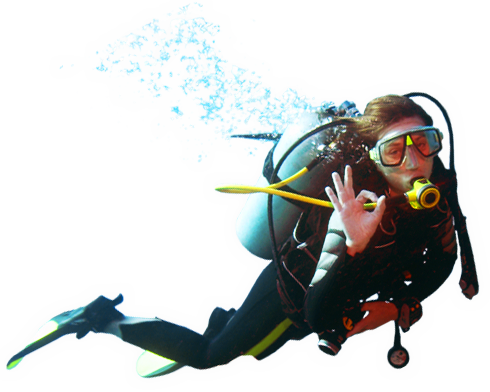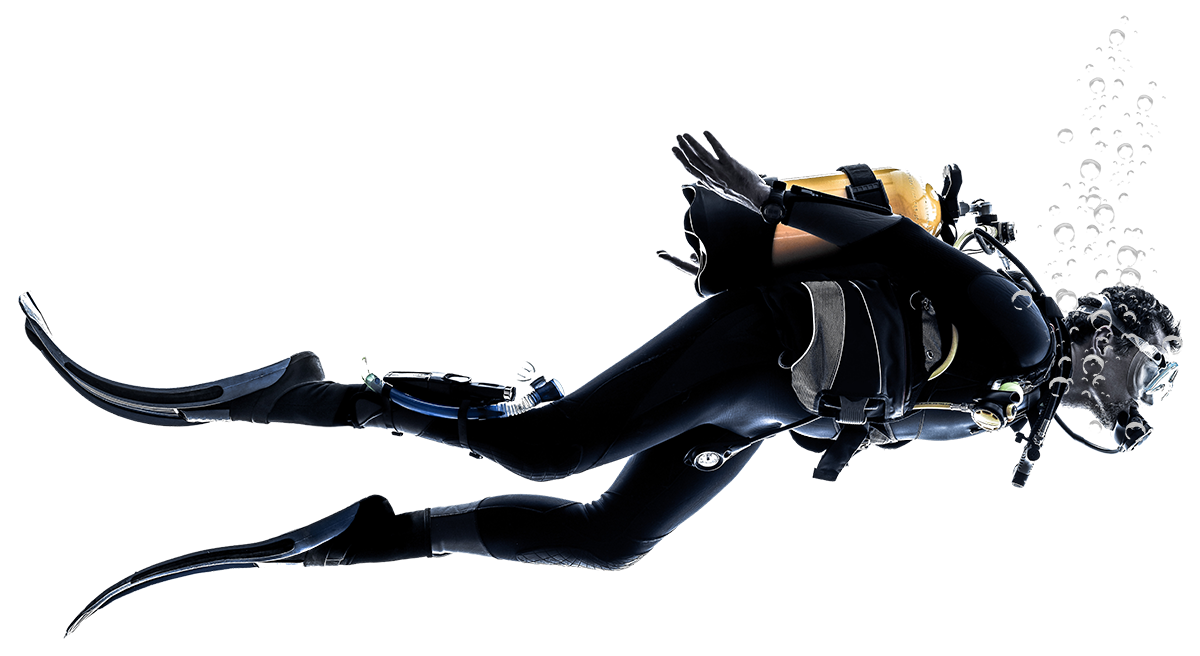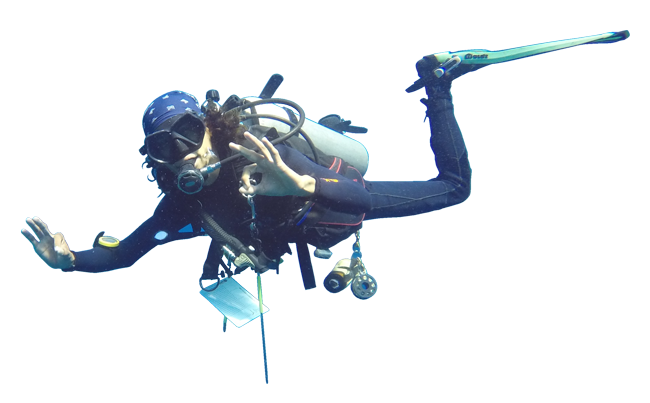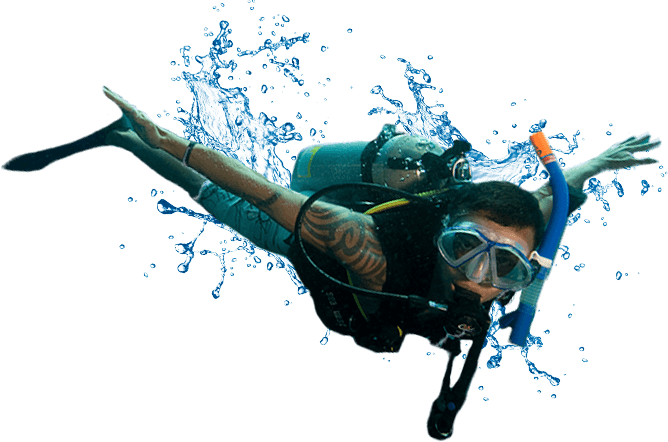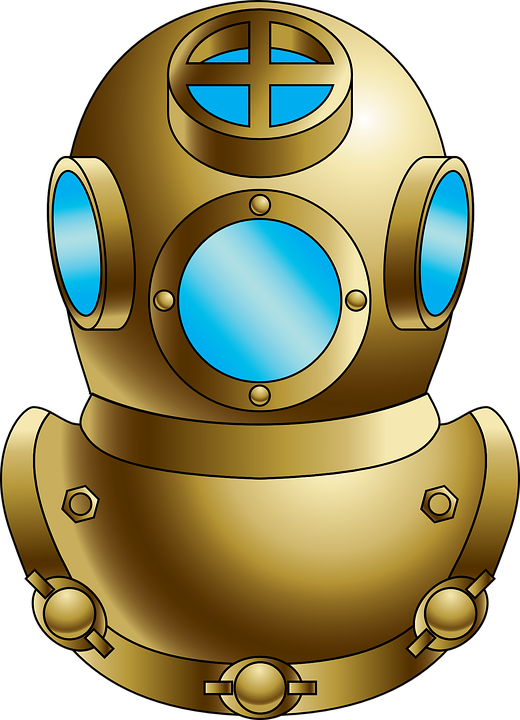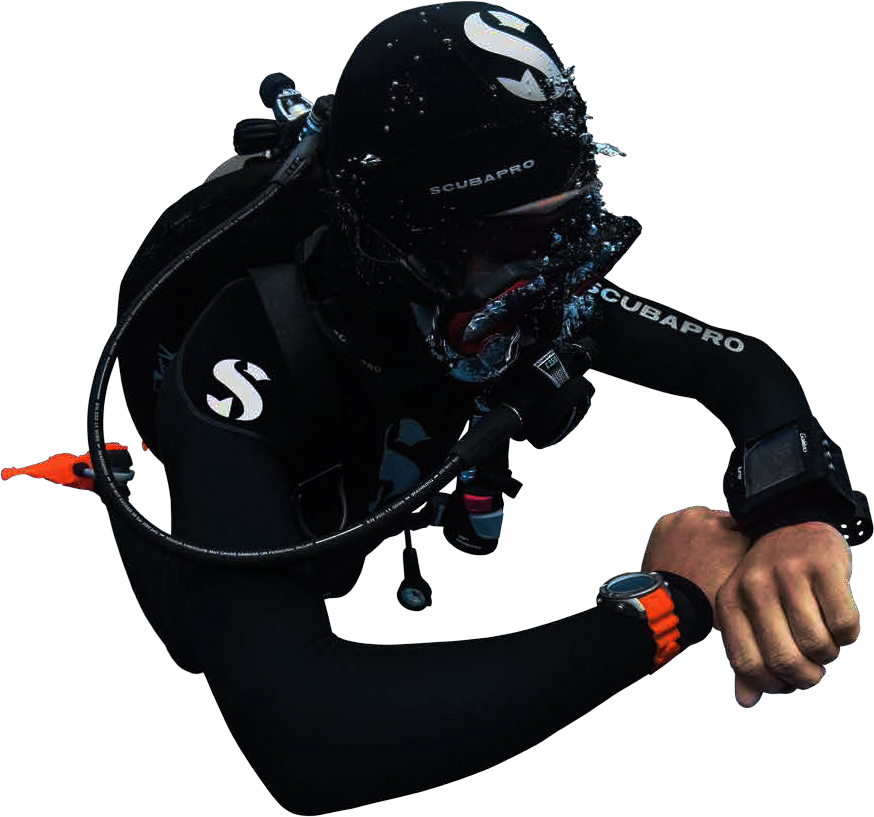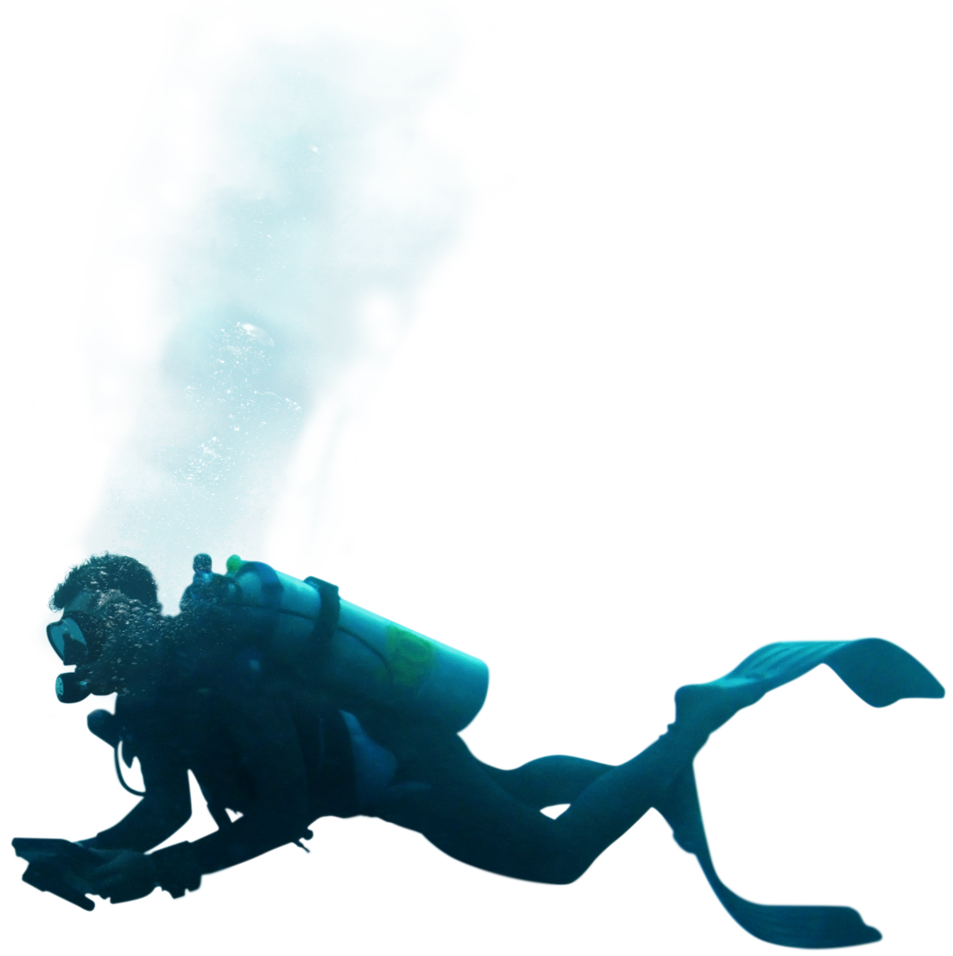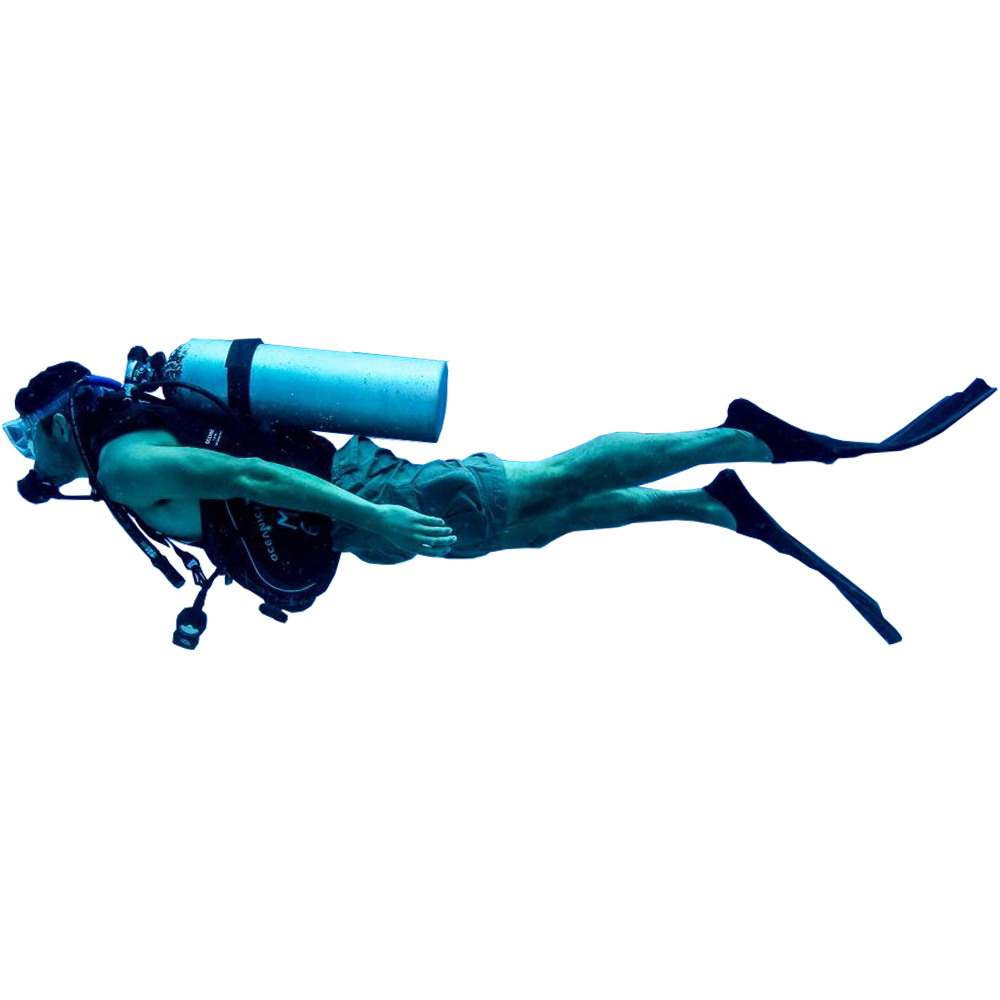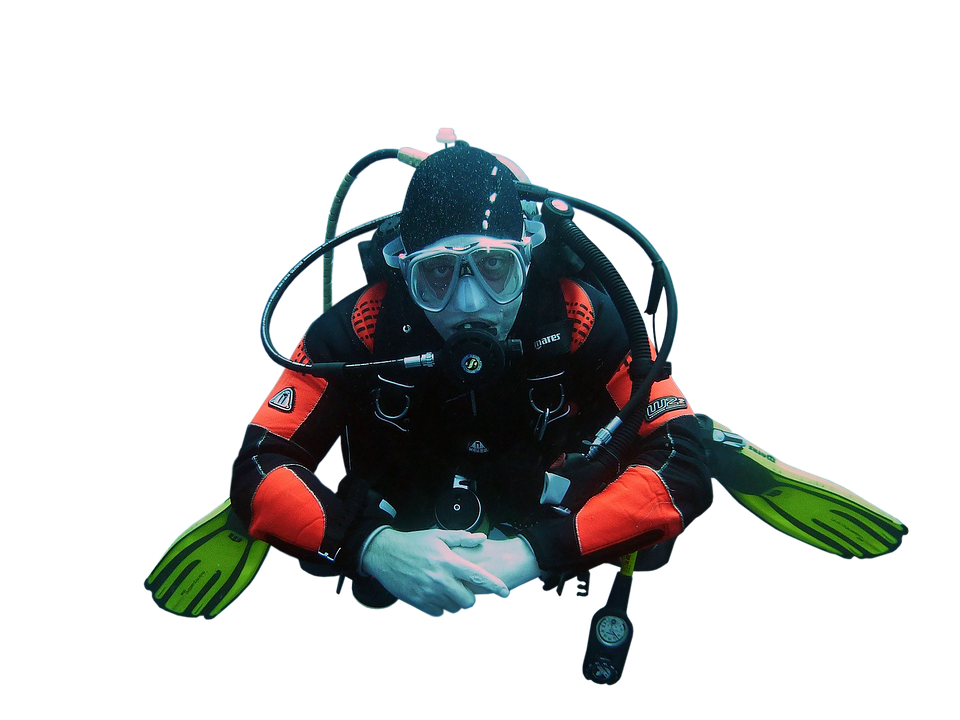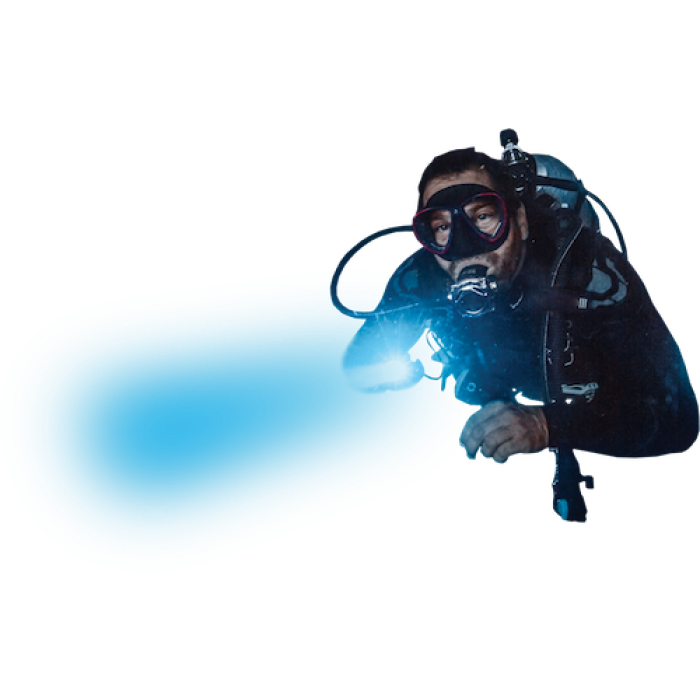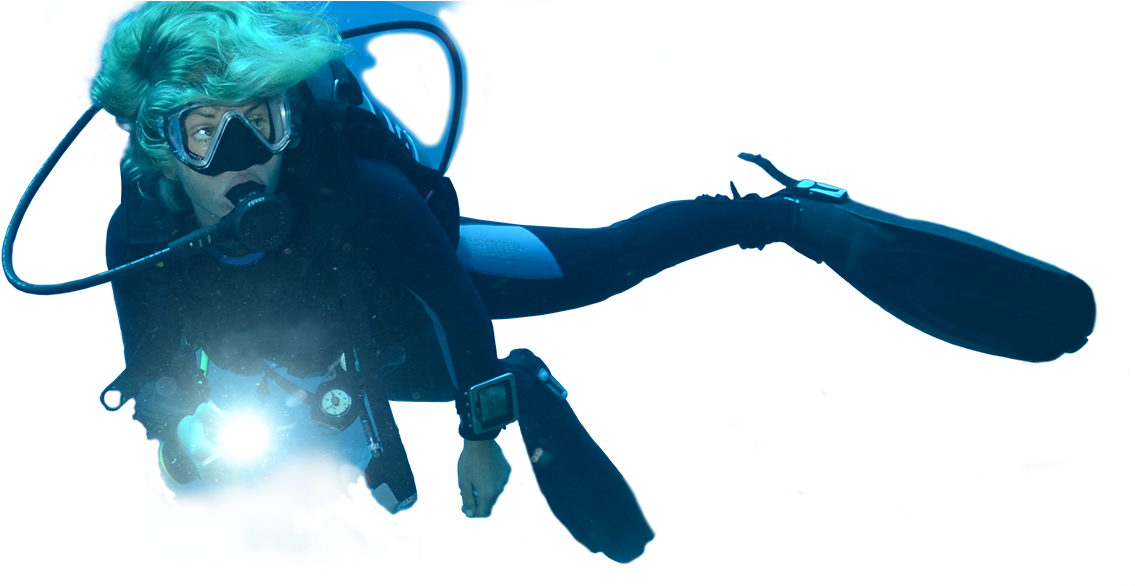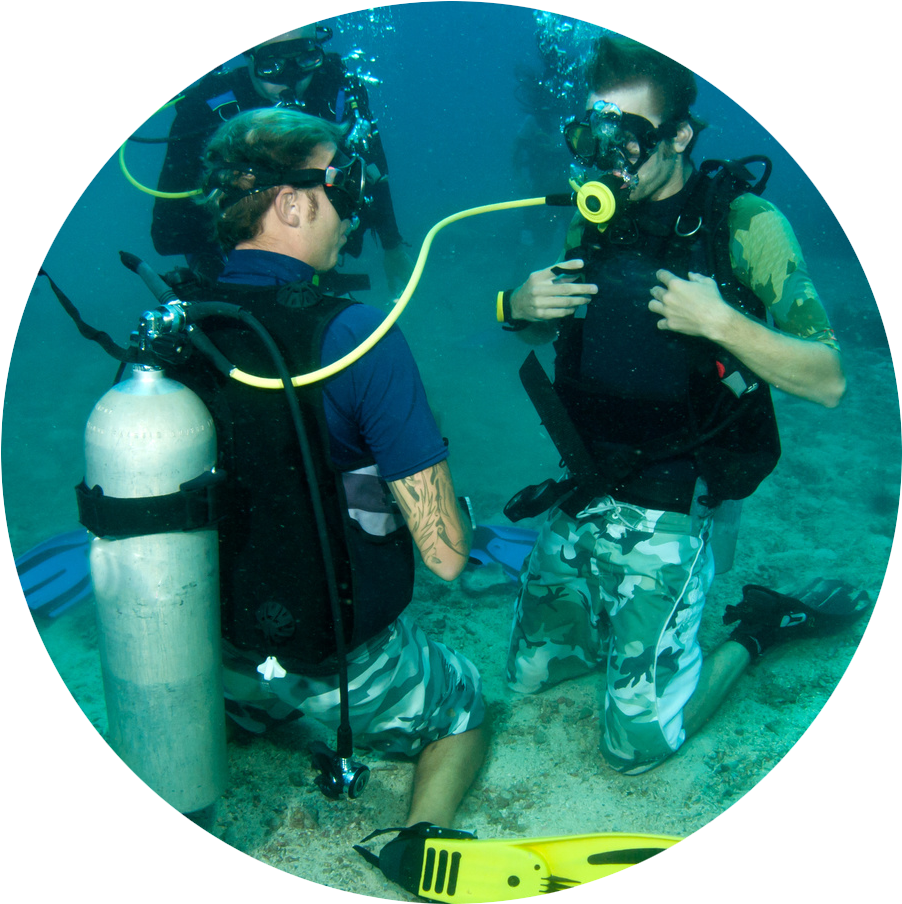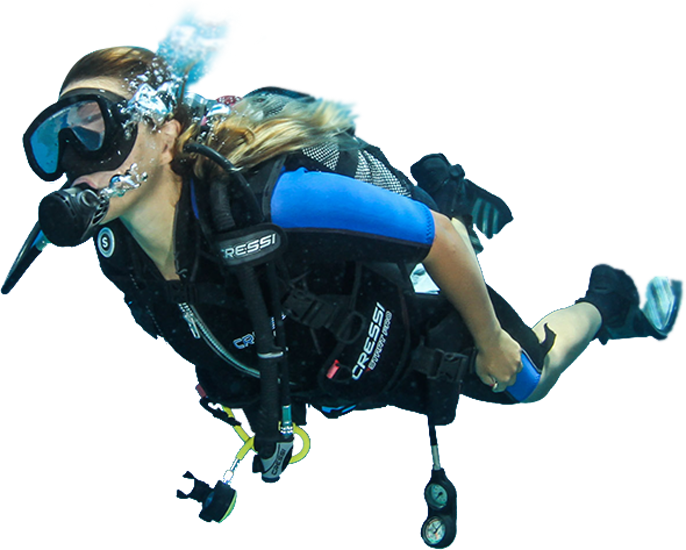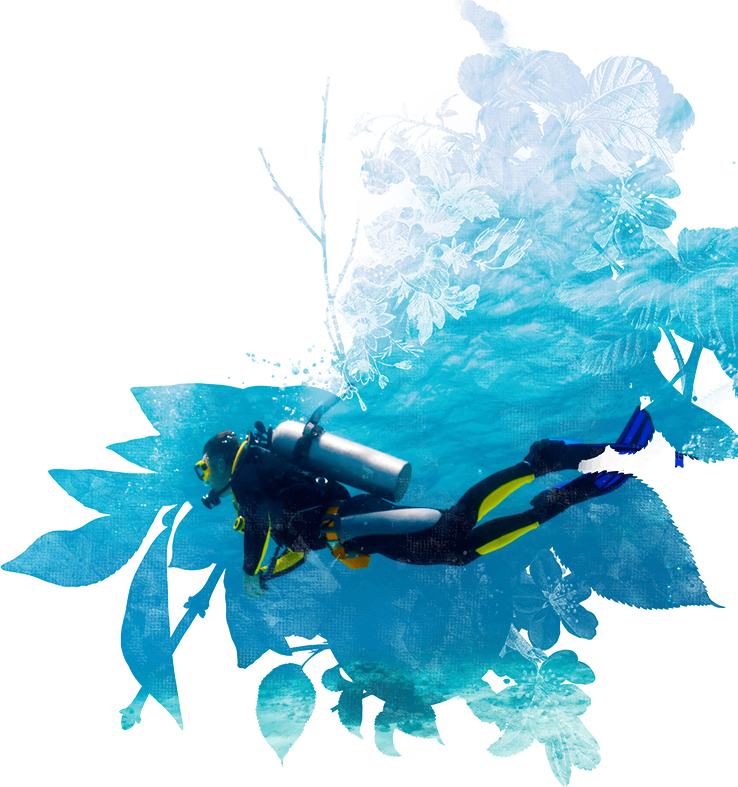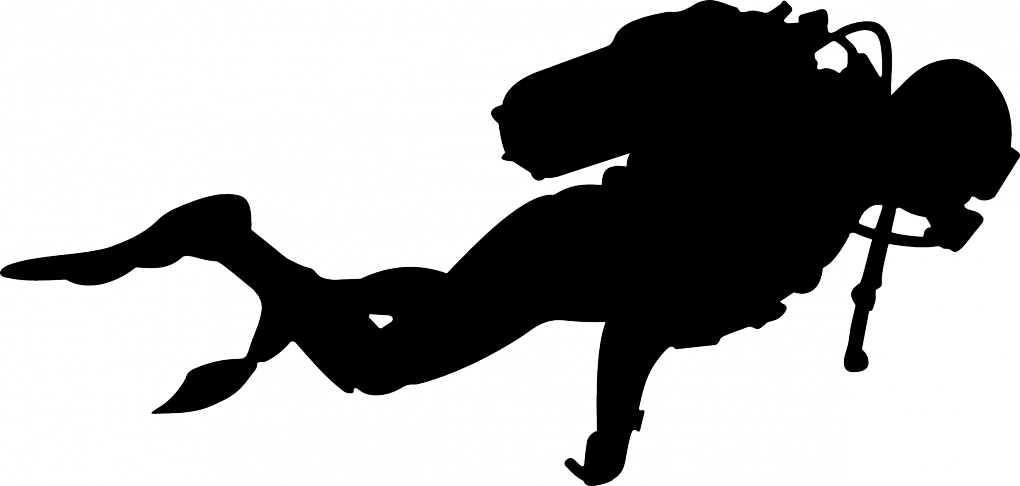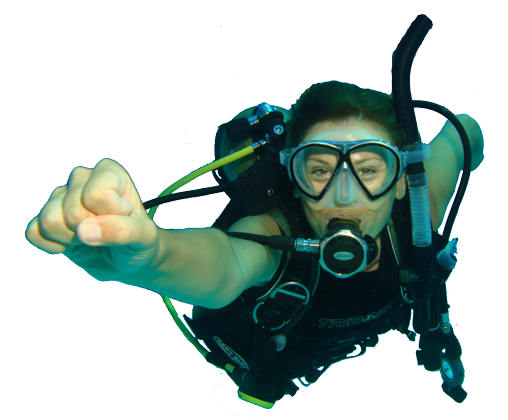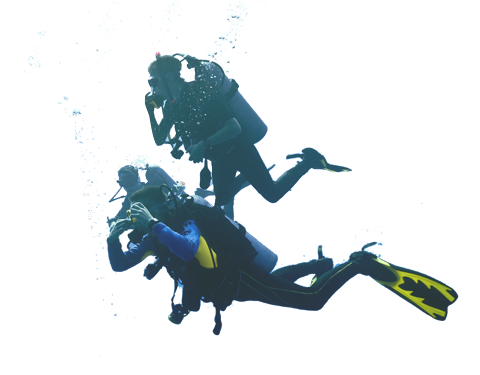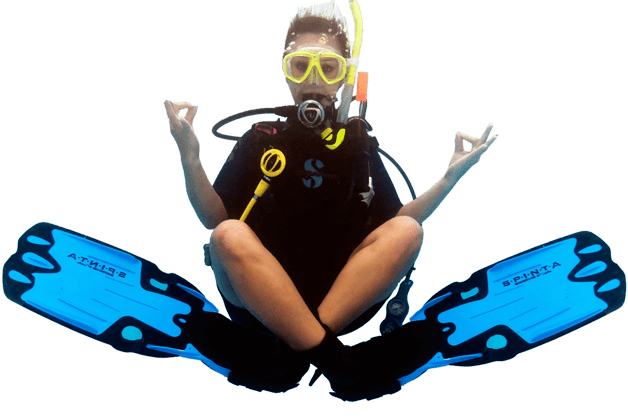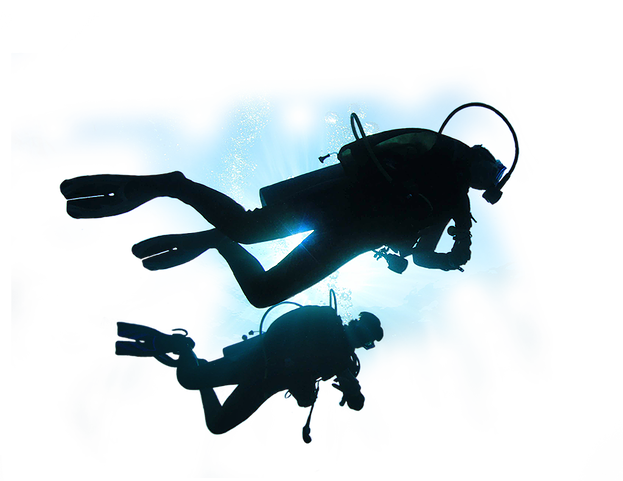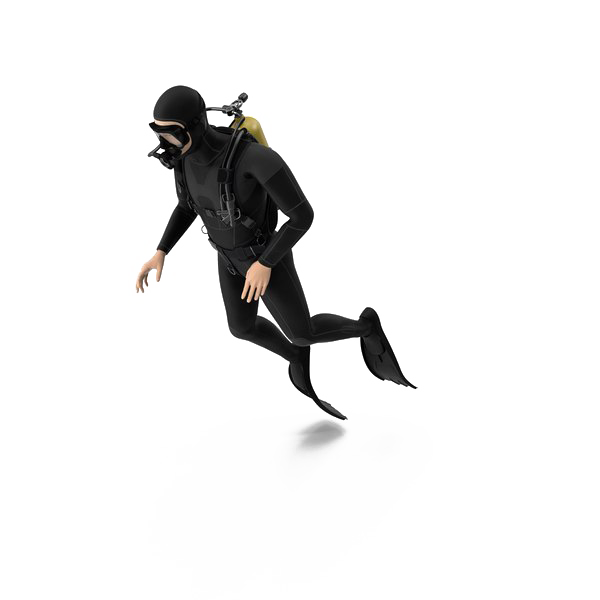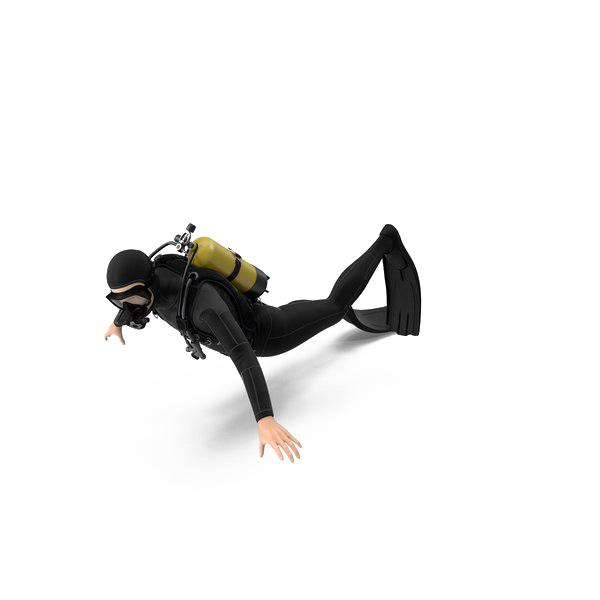Download top and best high-quality free Diver PNG Transparent Images backgrounds available in various sizes. To view the full PNG size resolution click on any of the below image thumbnail.
License Info: Creative Commons 4.0 BY-NC
Diving is an acrobatic sport that involves jumping or falling into water from a platform or springboard. Diving is an Olympic sport that is widely known across the world. Unstructured and non-competitive diving is also a leisure activity.
Strength, flexibility, kinaesthetic judgment, and air awareness are all qualities that competitors share with gymnasts and dancers. Some professional divers began their careers as gymnasts or dancers, as both disciplines have features that are similar to diving. Between 1992 and 2008, Dmitri Sautin holds the record for most Olympic diving medals earned, with a total of eight.
The first contemporary diving contests were staged in England in the 1880s, despite the fact that diving has been a popular hobby across the world since ancient times. The sport’s original roots are unknown, however it is said to have evolved from the act of diving at the start of swimming events. English claims of plunging records date back to at least 1865, according to Ralph Thomas’ 1904 book Swimming. A “Mr. Young” falling 56 feet (17 m) in 1870 is mentioned in John Henry Walsh’s 1877 edition of British Rural Sports, as well as the fact that a swimmer called Drake could cover 53 feet 25 years previously (16 m).
In 1883, the English Amateur Swimming Association (then known as the Swimming Association of Great Britain) organized the inaugural “plunging championship.” In 1937, the Plunging Championship was canceled.
High diving – diving from a considerable height ” became popular in England; the first diving stages were created at the Highgate Ponds in 1893 at a height of 15 feet (4.6 m), and the Royal Life Saving Society conducted the first global championship event, the National Graceful Diving Competition, there in 1895. Standing and running dives from 15 and 30 feet were part of the competition (4.6 or 9.1 m).
The athletes Otto Hagborg and C F Mauritzi brought the Swedish tradition of fancy diving to the sport during this tournament. They exhibited their acrobatic skills from a 10m diving board at Highgate Pond, inspiring the formation of the Amateur Diving Association in 1901, the world’s first diving organization (later amalgamated with the Amateur Swimming Association). In 1903, fancy diving was officially included to the event.
At the 1904 Olympics, plain diving was featured for the first time. The 1908 London Olympics incorporated ‘fancy diving,’ as well as elastic boards instead of fixed platforms. Women were first permitted to compete in diving sports in the 1912 Stockholm Olympics.
‘Plain’ and ‘fancy’ diving were combined into one event – ‘Highboard Diving’ ” for the 1928 Olympics. For the 1934 British Empire Games and the 1948 Summer Olympics in London, the diving event was first conducted indoors in the Empire Pool.
The platform, 1 m and 3 m springboards, and the platform are the three disciplines in most diving championships. Gender and age groups are regularly used to separate competitive athletes. Competitors in platform events can execute their dives on the five, seven and a half (often referred to as seven), nine, or 10 meter towers. Platform diving is done from a height of ten meters in major diving competitions such as the Olympic Games and the World Championships.
Divers must do a certain number of dives, including somersaults and twists, in order to meet the standards. Divers are scored based on whether or not they completed all components of the dive, the conformity of their body to the dive’s standards, and the quantity of splash made by their entry into the water. Three points are awarded for the takeoff (meaning the hurdle), three for the flight (the actual dive), and three for the entrance (how the diver enters the water), with one point remaining for the judges’ discretion.
The raw score is multiplied by a degree of difficulty factor, which is calculated based on the amount and combinations of movements attempted. After a series of dives, the diver with the greatest cumulative score is proclaimed the champion.
Download Diver PNG images transparent gallery.
- Diver PNG Image File
Resolution: 820 × 642
Size: 188 KB
Image Format: .png
Download
- Scuba Diver PNG Images HD
Resolution: 689 × 536
Size: 131 KB
Image Format: .png
Download
- Diver Background PNG
Resolution: 756 × 1057
Size: 569 KB
Image Format: .png
Download
- Scuba Diver PNG Free Image
Resolution: 806 × 745
Size: 661 KB
Image Format: .png
Download
- Scuba Diver PNG Image File
Resolution: 609 × 510
Size: 85 KB
Image Format: .png
Download
- Diver PNG
Resolution: 667 × 600
Size: 55 KB
Image Format: .png
Download
- Scuba Diver Background PNG
Resolution: 2000 × 823
Size: 51 KB
Image Format: .png
Download
- Scuba Diver PNG
Resolution: 2623 × 1112
Size: 815 KB
Image Format: .png
Download
- Scuba Diver PNG Pic
Resolution: 1186 × 1302
Size: 101 KB
Image Format: .png
Download
- Scuba Diver PNG File
Resolution: 939 × 953
Size: 659 KB
Image Format: .png
Download
- Diver PNG Pic
Resolution: 2000 × 1699
Size: 75 KB
Image Format: .png
Download
- Scuba Diver PNG Image
Resolution: 1624 × 949
Size: 127 KB
Image Format: .png
Download
- Scuba Diver PNG Photo
Resolution: 800 × 555
Size: 463 KB
Image Format: .png
Download
- Scuba Diver PNG Cutout
Resolution: 1100 × 824
Size: 296 KB
Image Format: .png
Download
- Scuba Diver PNG Images
Resolution: 572 × 488
Size: 97 KB
Image Format: .png
Download
- Diver PNG File
Resolution: 1204 × 783
Size: 235 KB
Image Format: .png
Download
- Diver Vector
Resolution: 800 × 776
Size: 45 KB
Image Format: .png
Download
- Diver PNG Image
Resolution: 630 × 315
Size: 33 KB
Image Format: .png
Download
- Marine Diver PNG Cutout
Resolution: 510 × 442
Size: 274 KB
Image Format: .png
Download
- Marine Diver PNG Images
Resolution: 726 × 470
Size: 83 KB
Image Format: .png
Download
- Marine Diver PNG Photos
Resolution: 674 × 350
Size: 47 KB
Image Format: .png
Download
- Diver PNG Photo
Resolution: 800 × 207
Size: 22 KB
Image Format: .png
Download
- Scuba Diver PNG Photos
Resolution: 1024 × 591
Size: 30 KB
Image Format: .png
Download
- Marine Diver Transparent
Resolution: 828 × 552
Size: 107 KB
Image Format: .png
Download
- Marine Diver PNG Clipart
Resolution: 490 × 392
Size: 276 KB
Image Format: .png
Download
- Marine Diver PNG Picture
Resolution: 1200 × 656
Size: 452 KB
Image Format: .png
Download
- Marine Diver PNG HD Image
Resolution: 650 × 403
Size: 280 KB
Image Format: .png
Download
- Marine Diver PNG Image HD
Resolution: 668 × 442
Size: 61 KB
Image Format: .png
Download
- Diver PNG Cutout
Resolution: 520 × 720
Size: 266 KB
Image Format: .png
Download
- Diver Vector PNG
Resolution: 640 × 320
Size: 65 KB
Image Format: .png
Download
- Diver PNG Images
Resolution: 874 × 817
Size: 486 KB
Image Format: .png
Download
- Marine Diver PNG
Resolution: 512 × 512
Size: 22 KB
Image Format: .png
Download
- Diver PNG Photos
Resolution: 2292 × 1504
Size: 36 KB
Image Format: .png
Download
- Marine Diver PNG Pic
Resolution: 953 × 956
Size: 663 KB
Image Format: .png
Download
- Marine Diver PNG File
Resolution: 1000 × 1000
Size: 381 KB
Image Format: .png
Download
- Diver Transparent
Resolution: 960 × 720
Size: 435 KB
Image Format: .png
Download
- Scuba Diver Transparent
Resolution: 700 × 700
Size: 335 KB
Image Format: .png
Download
- Marine Diver PNG Image
Resolution: 600 × 450
Size: 32 KB
Image Format: .png
Download
- Diver PNG Clipart
Resolution: 1525 × 1012
Size: 1054 KB
Image Format: .png
Download
- Diver Vector PNG Pic
Resolution: 512 × 512
Size: 39 KB
Image Format: .png
Download
- Diver Vector PNG File
Resolution: 512 × 512
Size: 53 KB
Image Format: .png
Download
- Scuba Diver PNG Clipart
Resolution: 990 × 990
Size: 348 KB
Image Format: .png
Download
- Marine Diver PNG Photo
Resolution: 512 × 512
Size: 4 KB
Image Format: .png
Download
- Scuba Diver
Resolution: 1135 × 586
Size: 552 KB
Image Format: .png
Download
- Marine Diver
Resolution: 902 × 904
Size: 1476 KB
Image Format: .png
Download
- Scuba Diver PNG Picture
Resolution: 686 × 550
Size: 340 KB
Image Format: .png
Download
- Scuba Diver PNG HD Image
Resolution: 738 × 787
Size: 326 KB
Image Format: .png
Download
- Scuba Diver PNG Image HD
Resolution: 1020 × 486
Size: 191 KB
Image Format: .png
Download
- Diver
Resolution: 508 × 420
Size: 197 KB
Image Format: .png
Download
- Diver PNG Picture
Resolution: 480 × 375
Size: 138 KB
Image Format: .png
Download
- Diver PNG HD Image
Resolution: 628 × 420
Size: 42 KB
Image Format: .png
Download
- Diver PNG Image HD
Resolution: 650 × 400
Size: 169 KB
Image Format: .png
Download
- Diver No Background
Resolution: 623 × 481
Size: 328 KB
Image Format: .png
Download
- Diver PNG Images HD
Resolution: 600 × 600
Size: 81 KB
Image Format: .png
Download
- Diver PNG Free Image
Resolution: 600 × 600
Size: 88 KB
Image Format: .png
Download
- Scuba Diver No Background
Resolution: 850 × 347
Size: 15 KB
Image Format: .png
Download
